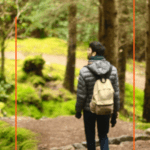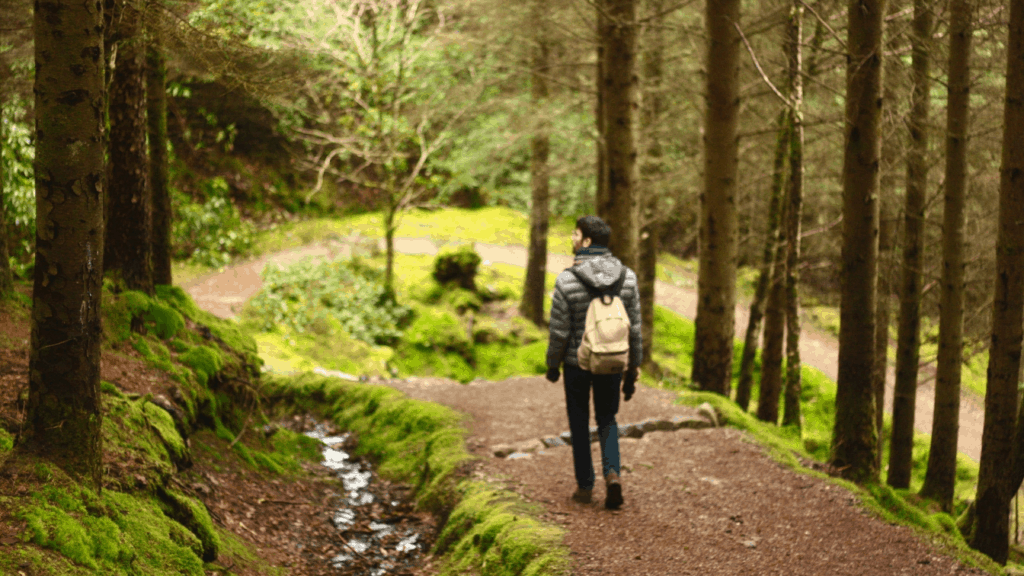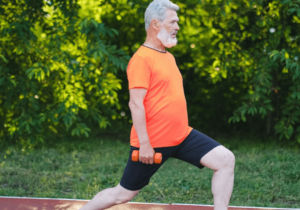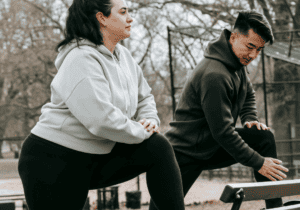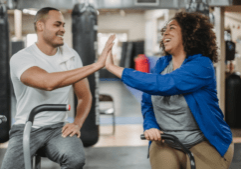7 Important Tips You Need to Know as a Beginner Hiker or Outdoor Walker
Welcome to walking outdoors! You may be used to walking inside, but a couple things change when you start walking or hiking outside. Here are the 7 basic beginner hiking tips you need to start out when you're new to hiking:
1. A Plan
The first step is deciding where you want to go! Walking in a city is much different than hiking on a trail. If you’re a new outdoor walker, it’s best to start small, close to where you live, and branch out as you get more experience.
For city walking, plan your route ahead of time. It’s helpful to plan a spot (like a specific corner) where you can decide to make the walk longer or shorter depending on your energy level.
When searching for trails, do you want to walk on a paved pathway? Start hiking on a dirt trail? A great beginner option is a small loop trail (the beginning and end are the same spot) so you don’t have to find your way back to the start. If there’s no loop trail available to you, choose a trail and set a specific amount of time, like 15 minutes. Hike until the time is up, then turn around. Timing the hike ensures you don’t go too far and have trouble getting back to the starting point.
Tip: To find trails when you are a beginner hiker, you can use a website/app like AllTrails or join local hiking group pages (usually a website or a Facebook group) to find out where others are going and the condition of a trail.
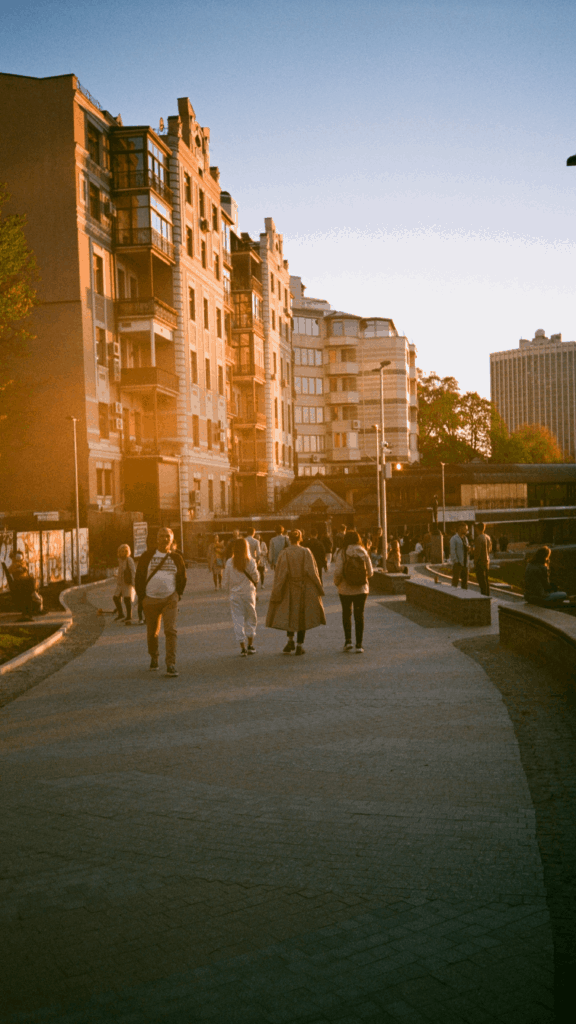
Photo by Maksim Zhashkevych on Unsplash
2. Water
The most important item you want for walking outdoors or hiking is water. Even if you listen to nothing else on this list, take water with you! Whether it’s warm or cold out, you absolutely want to make sure you stay hydrated. Personally, I’m not a fan of carrying a water bottle in my hands while hiking, so I carry a small backpack or an over-the-shoulder bag that holds a bottle.
Tip: Drinking the water in rivers or streams is not recommended unless you have a way to purify it. You don’t know what’s in there!
3. Snacks
Drinking water is great, but you also want to replenish your electrolytes. Salty snacks are good- there’s a reason trail mix is so popular! I almost always hike with a protein bar in my backpack (RXBARs* are my favorite) and eating it gives me a good reason to take a break.
If you’re planning a longer hike, take a small meal with you. Hiking can take a lot of energy, and you want to make sure you’re giving your body the energy it needs to keep going!
Tip: When it’s warmer outside, remember that chocolate melts and it can get EVERYWHERE. Bring a baggie for wrappers and maybe something to wipe your hands with if you choose a chocolate trail mix.
(Please take your trash with you- don’t be a litterer and ruin the experience for others!)
4. Clothing
There are some clothes that just work better outdoors. This is an area of hiking gear that can get expensive FAST, but I recommend just starting with workout clothes. Workout gear is made for sweating, keeping you cool when it’s warm out, and stretching with your body as you move.
In colder weather, it’s best to dress in layers. Even if you’re cold at the beginning of your walk, you might get warm as you move. Instead of one thick sweater, try wearing a t-shirt and jacket, or if it’s really cold, add a thicker jacket over top.
Tip: Don’t hike in jeans. It’s just not comfortable.
5. Footwear
Footwear can make or break your walking or hiking experience!
Storytime: I went on a 3-day hike in the Middle of Nowhere, New Zealand. I had my hiking boots with me but hadn’t worn them in a couple of years. After the first day, I realized they were half a size too small... I continued on and completed the hike, but was SO sore for the next couple days, not from the hike, but from changing how I walked to compensate for my hurting feet. I still enjoyed the hike, but it would have been much better had I not been thinking about how much my feet hurt the whole time.
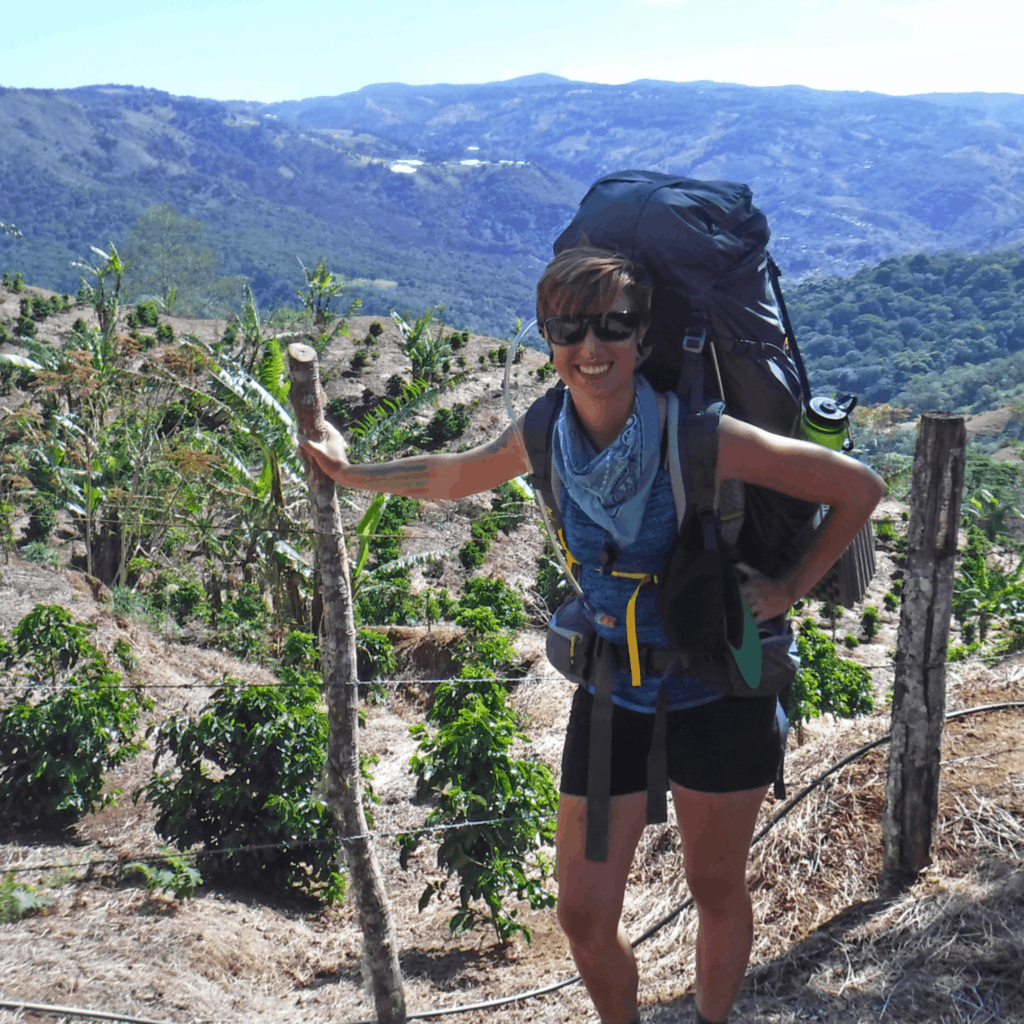
As a beginner hiker, experiencing some discomfort in your feet when you first start walking outdoors is normal. Your feet may not be used to walking that much! The type of trail can affect your feet too- even though I love my (now properly-fitted) hiking boots, I still might get a blister if I’m hiking a trail that’s mostly downhill.
Choosing a type of shoe or tread really depends on where you’re hiking. If you’re hiking on pavement or concrete, a basic running shoe works quite well. Running shoes can also work on shorter and/or flat trails. If you’re planning longer hikes or want to hike in places that have rocks or could be muddy, you’ll want to look into a hiking-specific shoe or boot. These usually have more tread to grip the ground and make it easier to walk on uneven surfaces.
Tip: If you get a hot spot (the “oh no I think I’m getting a blister there” feeling), use a moleskin bandage to cover it. Covering the spot will decrease the rubbing sensation and get you through the rest of your hike.
6. Sun Protection
You may have heard this so many times that you don’t even want me to say it, but sun protection is important! Even when it’s cloudy or cold outside, those UVA/UVB rays are still hitting your skin. A sunscreen of at least SPF 30 is recommended. I personally like sprays and sunscreen sticks the best.
Sun hats are also helpful for protection - nobody wants a burnt nose or ears - and sunglasses come in handy if you’re walking in an open area.
Tip: Depending on where you hike and the time of year, you might want bug spray too. An enjoyable walk can go sour if you’re constantly swiping at bugs.
7. Warm Up/Cool Down Exercises
It can make your walk or hike more enjoyable to warm up your muscles before you begin!
Try these warm-ups before you hit the trail:
- Hamstrings
- Glutes
- Calves
- Quads
After your walk or hike, you may want to do those same stretches, but hold them for a longer period of time. If your feet are sore, try a warm foot soak to soothe them or convince someone to give you a foot massage!
Optional: A Camera
Take pictures- show off where you’re walking and celebrate that you’re doing it!
Use a camera to explore the area. Get more intentional with your walk by finding unique things to take pictures of and try snapping from different angles.
Tip: As you’re finding awesome pictures, please be mindful of the trails. Beginner hikers may not realize that going off-trail in many places can harm plants and wildlife and contribute to erosion.

If this list seems overwhelming, as a beginner hiker just start with a plan + water and see where that gets you! There are entire stores dedicated to outdoor equipment, but you don’t need fancy things to get outside. As you gain more experience and confidence in the outdoors, you’ll figure out a system that works for you and what supplies you need to have an enjoyable walk or hike.
Enjoy that fresh air!
Sarah Siertle, a strength and movement coach, specializes in introducing people to strength training and works to make the fitness world a more inclusive place. She has been a movement instructor since 2012 and also teaches swing dance around the US. Find other articles written by Sarah on her coach profile. Let Sarah help you get STRONG so you can take advantage of life’s adventures!


